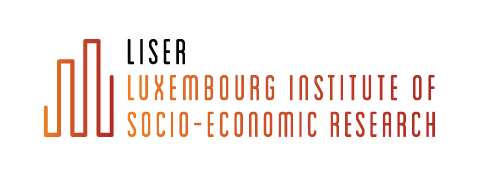Integrating demand responsive transport (DRT) service with a fixed route transit system presents the huge potential to boost the ridership of public transport due to enhanced first- and last-mile connectivity (Roman, 2019). In such a system, an operator uses a fleet of small-/medium- size shuttles to provide travelers on-demand door-to-door or feeder service to connect transit stations. Travelers get a seamless on-demand transit service and public transport gets higher ridership due to removing the first-/last- mile obstacle (Hazan et al., 2020). A recent study on the impact of Via's on-demand transit from four cities in the USA and Europe shows providing complementing feeder services with existing mass transit could increase the ridership of mass transit, reduce congestion and emission (Hazan et al., 2020). Results show 27% of the rides are to/from mass transit stations as a part of integrated on-demand transit trip in Arlington (Texas), which quantified the net effect of providing feeder services to mass transit. Another pilot study in the City of Centennial, Colorado, showed an increase of 11.6% of transit ridership due to the feeder service integrated with transit (Go Centennial Final Report, 2017). To promote sustainable mobility, Luxembourg, like many cities in the world, expected to shift from conventional gasoline buses to fully-electric buses by 2025 (MODU 2.0). Transport network companies (TNC) started the deployment of battery electric vehicles/shuttle/buses (called BEV hereafter) in their fleet to reduce operating costs and promote green mobility (George and Zafar, 2018). However, this trend could disrupt mobility and make the use of BEV difficult in many ways. Research on electrification of ride-hailing service in the USA showed TNC needs to recharge e-fleet several times a day and rely primarily on DC fast chargers to save charging time (Jenn, 2019). Such operations may sensibly increase the operator's charging cost by about 25% (Pavlenko et al., 2019). Moreover, there are congestion issues at public charging stations for which companies need to deploy the necessary charging infrastructure to meet charging needs (George and Zafar, 2018). There is fundamental research needs to tackle the energy efficiency management challenge for the EV-DRT system planning brought by this energy transition trend. The M-EVRST project aims to develop new mathematical models and algorithms for an integrated BEV-mass transit system planning. The developed decision support toolbox allows operators and the government to achieve energy efficiency and reduce emissions in the transport sector and respond to national research priorities in sustainable mobility development.

